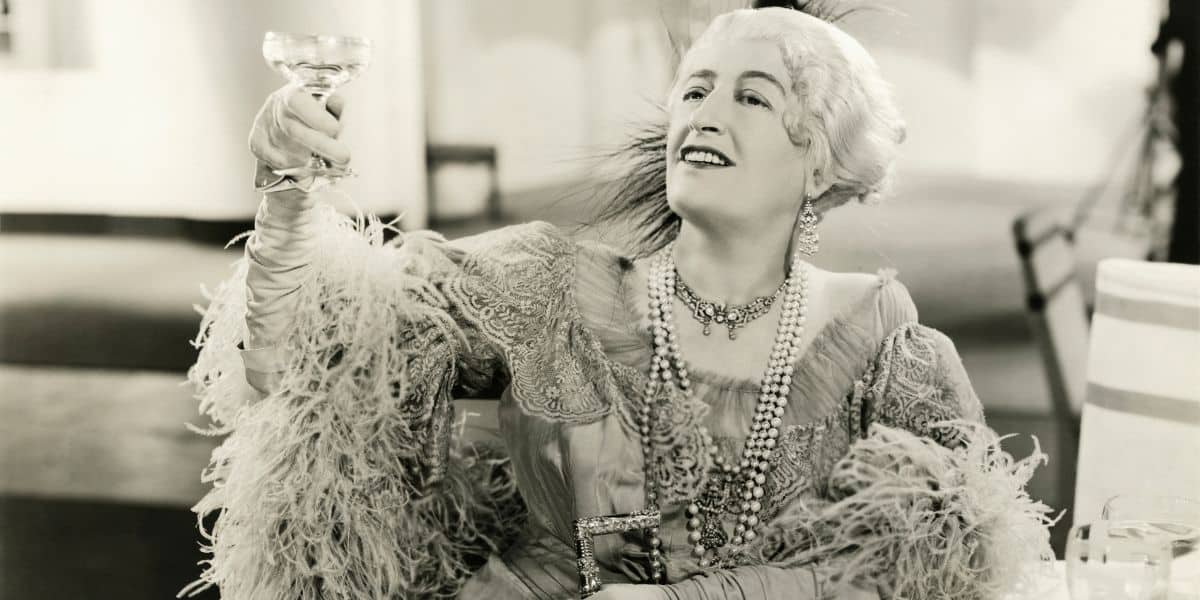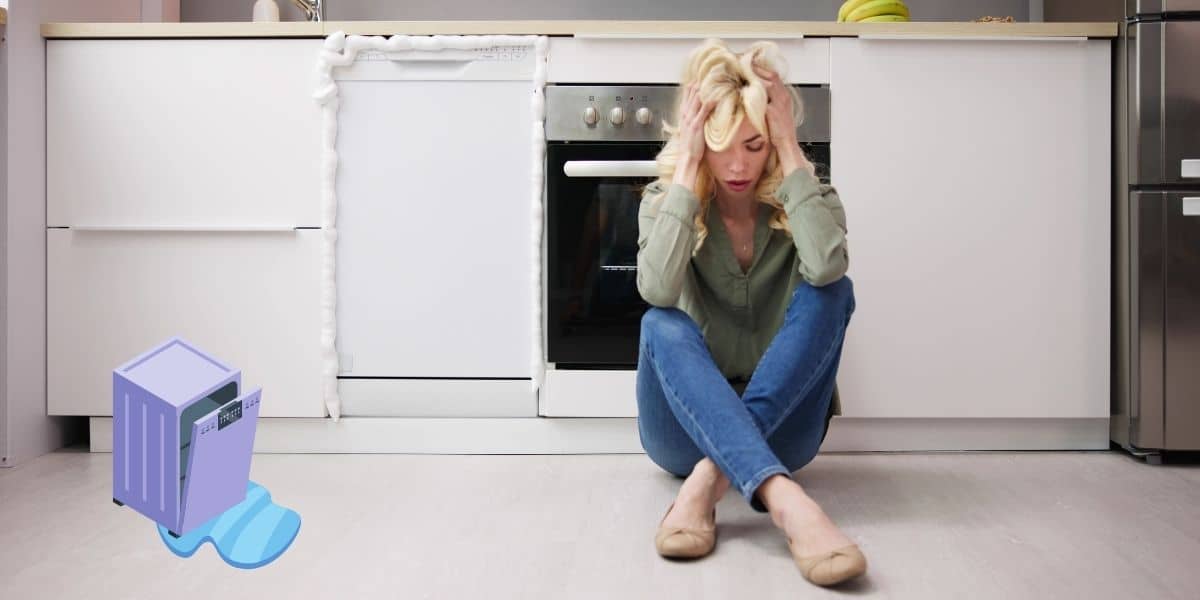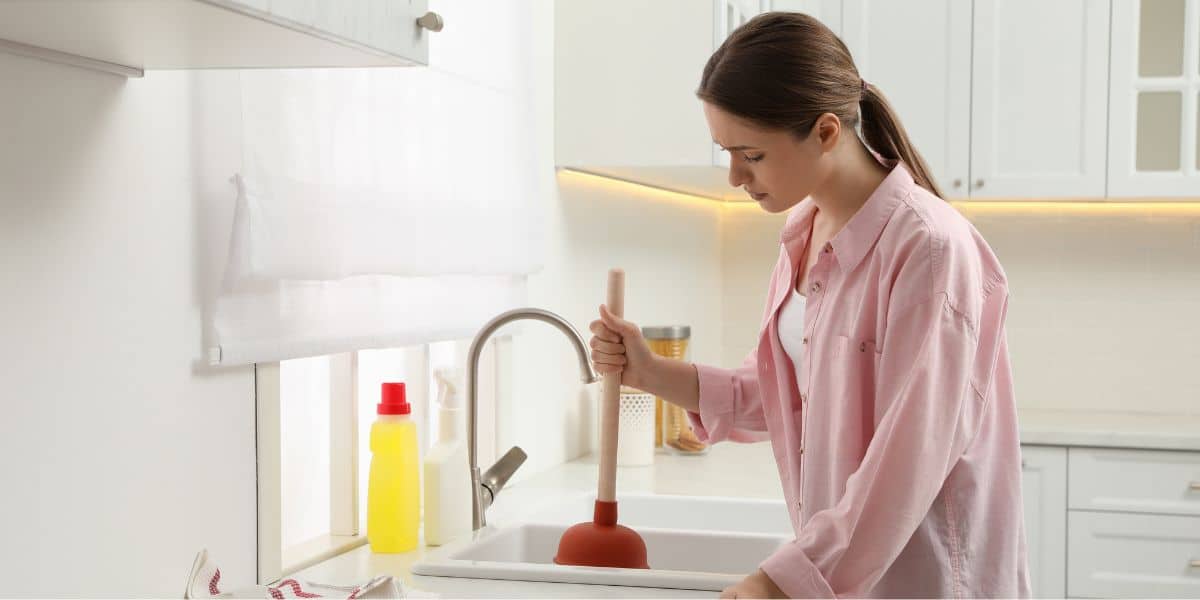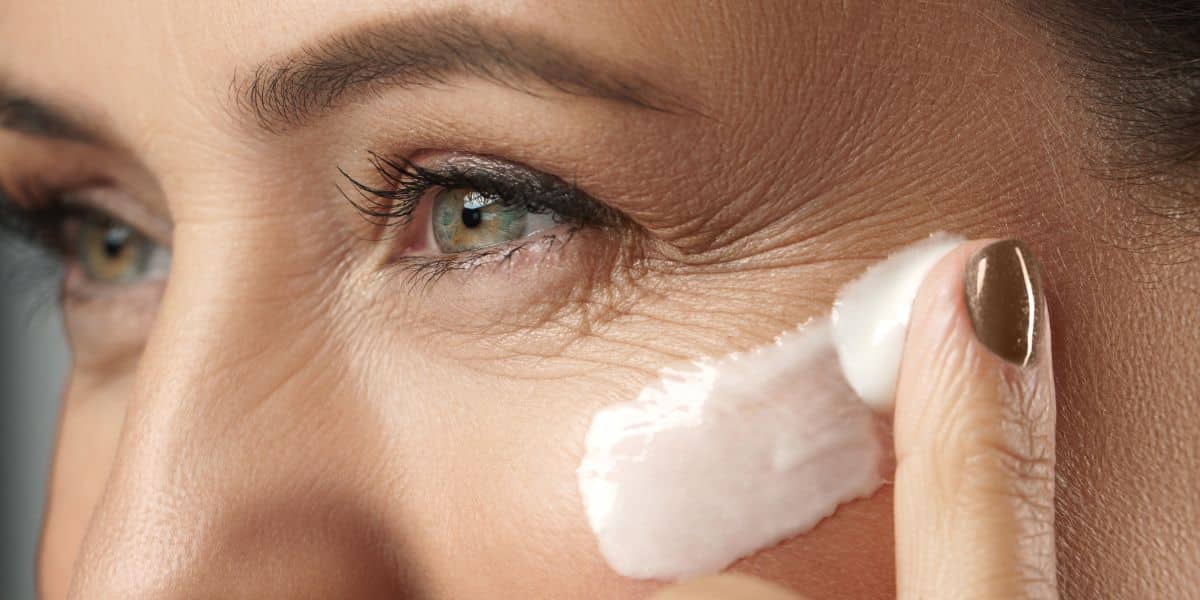Champagne is often a symbol of celebration, with its effervescence and distinct flavor making it a favorite choice for toasts and gatherings. However, the artistry behind Champagne goes far beyond its bubbly character. Understanding Champagne vintages unveils a fascinating world where each year reflects a unique combination of climate, vineyard conditions, and grape varieties, leading to the production of distinctive wines. This article delves into the secrets behind the best years for Champagne, revealing what makes each vintage exceptional.
What Makes a Vintage Champagne?
Vintage Champagne is produced from grapes harvested in a single year, offering a snapshot of that particular season’s climate and growing conditions. This is different from non-vintage Champagne, which blends wines from multiple years. In contrast, the best vintage Champagnes are crafted only in exceptional years when the grape quality is deemed outstanding by producers. A declaration of a vintage year is a significant event in the Champagne industry, as it marks a time when the grapes have developed their full potential due to optimal weather conditions.
The Key Factors Influencing Vintage Quality
Several key factors influence the quality and characteristics of Champagne vintages. Primarily, the Champagne region in France relies on three grape varieties: Pinot Noir, Chardonnay, and Pinot Meunier. Each grape variety contributes its unique profile to the final product. For instance, Pinot Noir often adds depth and structure, while Chardonnay imparts elegance and finesse. However, the interplay of these grapes is equally crucial and can vary dramatically from year to year.
The importance of climate cannot be understated. Weather events such as rain during the harvest season can affect grape ripening and lead to variations in sugar levels and acidity, both vital for achieving the desired balance in Champagne. Cool years often yield wines with vibrant acidity and aging potential, whereas warmer years can result in richer, full-bodied wines. Producers closely monitor climatic patterns, as they hold the key to determining whether a year will be deemed a vintage or a non-vintage production.
Exploring Notable Champagne Vintages
Within the realm of Champagne, several years stand out as truly remarkable. The 2008 vintage is widely regarded as a benchmark, with its cool climate producing grapes with superb acidity and aging potential. This vintage is a favorite amongst critics and collectors alike, echoing the ability of Champagne to express both the land and the year.
Of course, not every year can be a triumph. Certain years, like 1991, 1992, and 1994, did not receive high acclaim due to adverse weather conditions that affected grape quality. Late rains during harvest can jeopardize the integrity of the grapes, leading producers to reserve these for non-vintage blends. Learning which years did not meet expectations helps wine enthusiasts understand the broader context of Champagne production.
The Evolution of Champagne Vintages
As wine technology and vineyard practices evolve, so do the characteristics of vintage Champagne. The 21st century has brought forth extraordinary vintages that tap into new knowledge of the vineyard practices and climate resilience. For example, the 2012 vintage was characterized by a fruitful harvest with a balance of warmth and cool temperatures, producing wines with good structure and exceptional aging ability. Each year presents its unique signature, turning the exploration of Champagne vintages into an exciting journey for wine lovers.
FAQ – Champagne Vintages Explained
What criteria are used to declare a vintage year? A vintage year is declared based on several factors, including grape quality, weather conditions, and the overall health of the vineyards throughout the growing season.
Are all Champagne vintages equal in quality? No, not all vintages are the same. The best vintages are those with favorable weather conditions, ensuring high quality grapes that achieve the desired balance in flavor and acidity.
How often are Champagne vintages produced? Vintages are not produced every year. They occur in exceptional years when the grapes are ripe enough to produce a quality wine that will stand out, which is typically only about 10% of the total production for any given year.
Can vintage Champagne improve with age? Yes, vintage Champagne is designed to improve with age due to its balanced acidity and complex flavors. However, proper storage conditions are essential in allowing the wine to reach its full potential over time.
In conclusion, understanding Champagne vintages unveils the intricate relationship between climate, vine health, and the mastery of winemaking. Each vintage tells the story of its year, offering a unique snapshot for wine enthusiasts to savor. As you embark on your Champagne exploration, remember to appreciate the nuances that determine the quality of the wines. Don’t forget to come back for more intriguing articles on astrology and horoscopes, and share this knowledge with fellow wine lovers and star gazers alike.





